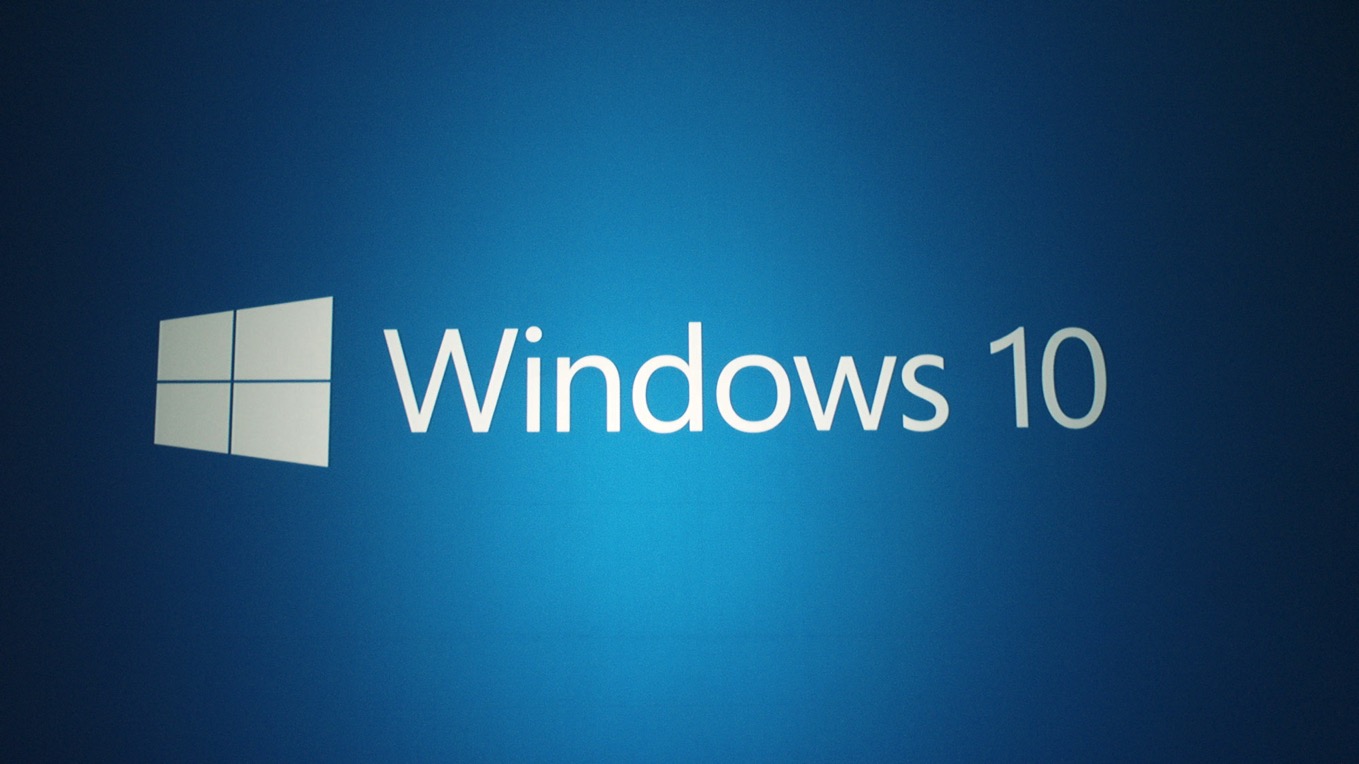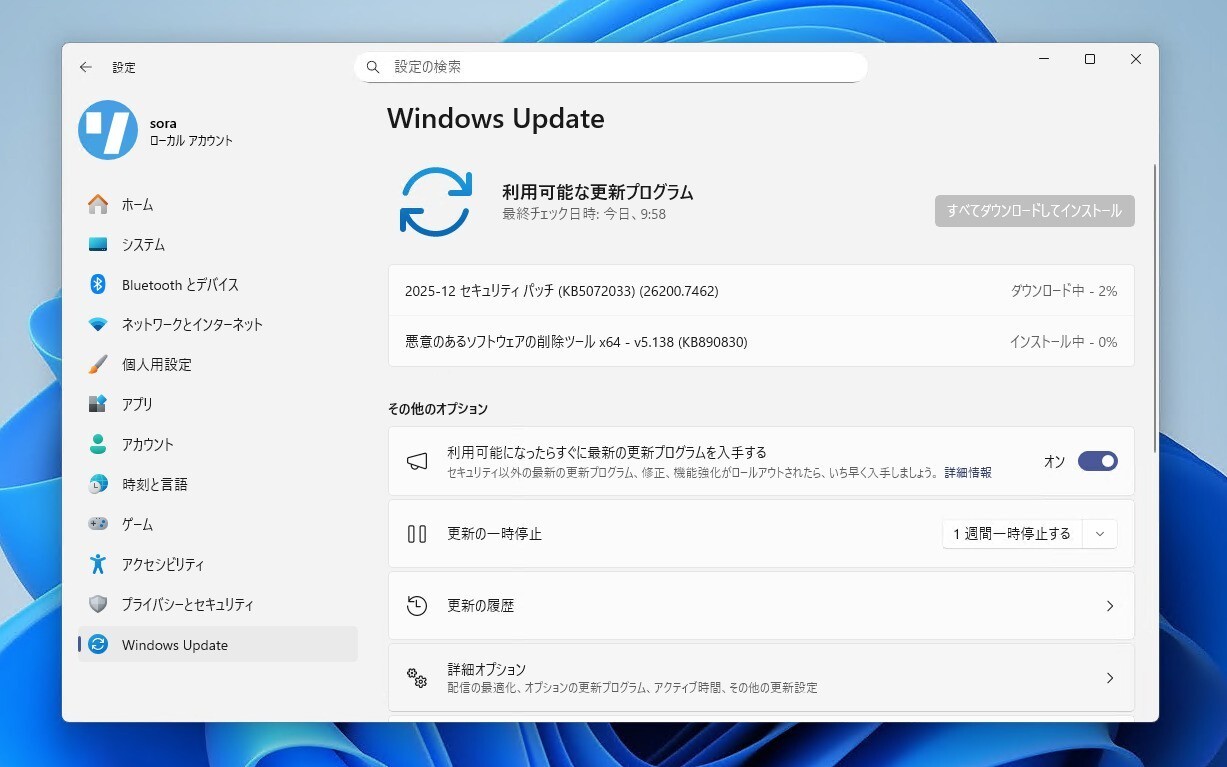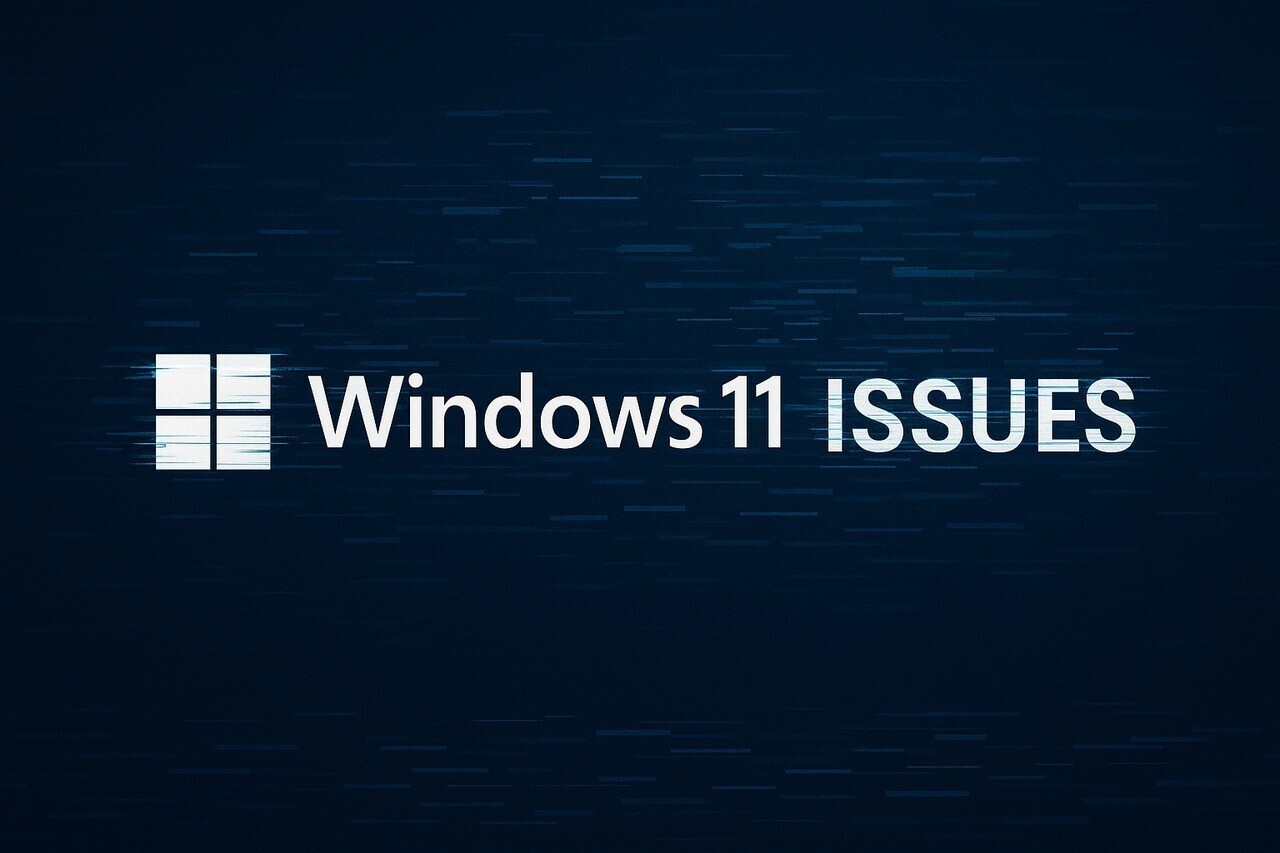
Microsoftは本日、Windows Insider Programに参加し、更新設定をRelease PreviewまたはSlowに設定しているユーザーに対し、累積アップデート「KB3194496」を公開しました(Softpedia、MSPoweruser)。 Windows 10 1607ベースのOSに対する更新で、ビルド番号は「14393.222」となります。
Windows Insider Programに参加している場合、既存のWindows 10環境からWindows Updateを利用して最新ビルドに更新することができます(PC版の場合「設定 > 更新とセキュリティ > Windows Update」より)。
更新プログラムではプッシュとローカル通知の改善、Microsoft Edgeの改良、IEの不具合の修正などが行われています。
変更内容は以下の通りとなっています。
- Improved reliability of the Windows Update Agent, shared drives, virtual private network (VPN), clustering, HTTP downloads, Internet Explorer 11, Hyper-V platform, multimedia playback, and Microsoft Edge.
- Improved performance of push and local notifications, Hyper-V platform, and some social media websites using Microsoft Edge.
- Addressed issue where mapping a drive from an elevated command prompt doesn’t work with administrator credentials.
- Addressed issue causing movies that were ripped using the transport stream (.ts) format to play without sound in Windows Media Player and the Xbox One Media Player app.
- Addressed issue causing the Movies & TV app on the Xbox to stop working when attempting to play content that was just purchased from the Store.
- Improved support for networks by adding new entries to the Access Point Name (APN) database.
- Addressed issue causing “Print all linked documents” to not work in Internet Explorer 11.
- Addressed issue preventing some users from changing the default download location in Windows 10 Mobile.
- Addressed issue causing unnecessary notifications about fixing Microsoft account in Windows 10 Mobile.
- Addressed additional issues with multimedia, Windows kernel, Windows shell, enterprise security, storage file system, Remote Desktop, core platform, Hyper-V platform, Windows Update for Business, display kernel, near field communication (NFC), input and composition, Bluetooth, Microsoft Lync 2010 compatibility, Windows Storage API, app registration, Trusted Platform Module, Group Policy, Internet Explorer 11, virtual private network (VPN), BitLocker, wireless networking, datacenter networking, Cortana, PowerShell, Active Directory, connection manager and data usage, Microsoft Edge, Windows Recovery Environment, file clustering, Universal Windows Platform (UWP) apps, audio playback settings, DShow Bridge, app compatibility, licensing, cloud infrastructure, domain name system (DNS) server, network controller, USB barcode reader, and Adobe Flash Player.








